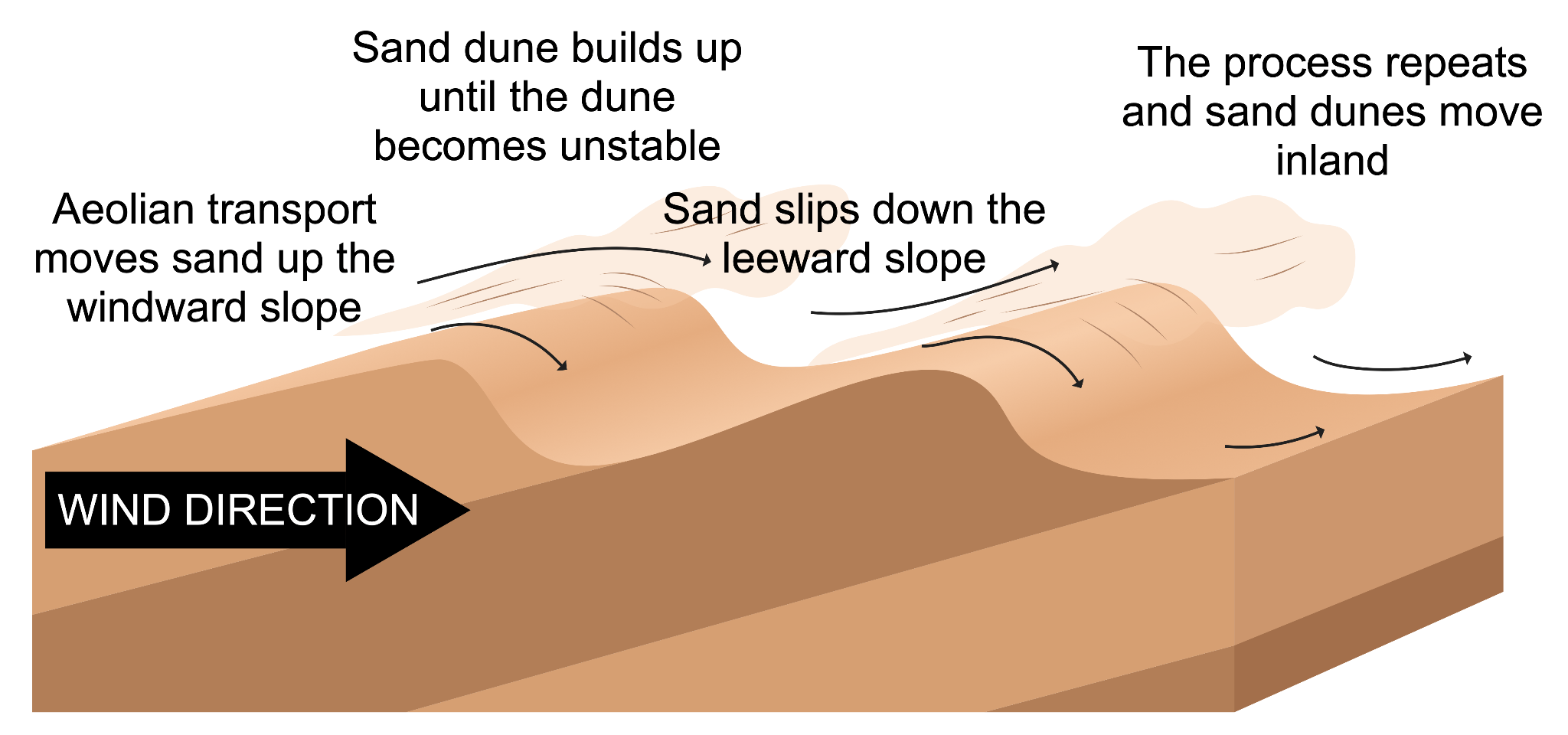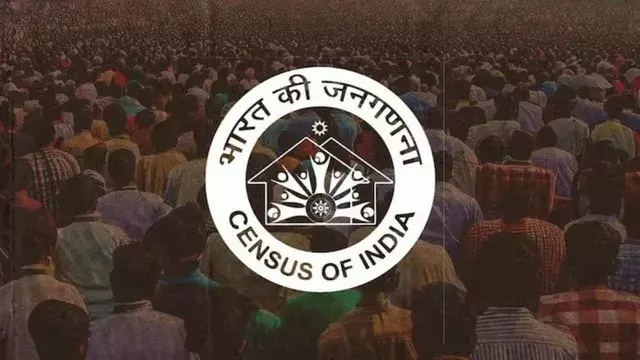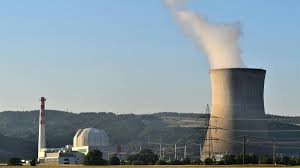- Courses
- GS Full Course 1 Year
- GS Full Course 2 Year
- GS Full Course 3 Year
- GS Full Course Till Selection
- Answer Alpha: Mains 2025 Mentorship
- MEP (Mains Enrichment Programme) Data, Facts
- Essay Target – 150+ Marks
- Online Program
- GS Recorded Course
- Polity
- Geography
- Economy
- Ancient, Medieval and Art & Culture AMAC
- Modern India, Post Independence & World History
- Environment
- Governance
- Science & Technology
- International Relations and Internal Security
- Disaster Management
- Ethics
- NCERT Current Affairs
- Indian Society and Social Issue
- NCERT- Science and Technology
- NCERT - Geography
- NCERT - Ancient History
- NCERT- World History
- NCERT Modern History
- CSAT
- 5 LAYERED ARJUNA Mentorship
- Public Administration Optional
- ABOUT US
- OUR TOPPERS
- TEST SERIES
- FREE STUDY MATERIAL
- VIDEOS
- CONTACT US
Why is the Thar Desert on The Borders of India and Pakistan Getting Greener?
Why is the Thar Desert on The Borders of India and Pakistan Getting Greener?
30-04-2024

The Thar Desert, also known as the Great Indian Desert could undergo a surprising future transformation: it could become greener.
- Impact of climate change: In contrast to the normal effects of climate change, the Thar Desert (India/Pakistan) is expected to become greener due to changes in monsoon patterns.
- The Science: Due to rising temperatures, uneven heating is increasing in the Indian Ocean. This imbalance shifts the South Asian monsoon westwards.
- Rainfall Changes: The desert region has seen a 50% increase in precipitation, with projections for a 150-200% increase by the end of the century.
- Historical Context: While the Thar is currently dry, increased rainfall signals a return to humid conditions which has not been seen in decades. This may have been a factor in the development of the Indus Valley Civilization.
Potential Benefits
- Increased Agriculture: More rainfall can lead to higher food production, benefiting local communities.
Challenges and Concerns
- Extreme Weather: Increased rainfall could also lead to more intense and frequent floods and hydrological disasters, as Pakistan experienced in the disastrous 2022 monsoon.
- Ecosystem Disruption: Greening may not be entirely positive. It could favor invasive species and harm desert-adapted wildlife and plants.
key facts about the Thar Desert:
Geographical Location:
- The Thar Desert, also known as the Great Indian Desert, is an arid region of rolling sand hills located on the Indian subcontinent.
- It is partly situated in northwestern India and partly in eastern Pakistan.
- It covers over 77,000 square miles (200,000 sq. km), with the majority in India and 15% in Pakistan.
Physical Characteristics:
- It is considered to be the 9th largest subtropical desert.
- It features a hot and arid climate, with temperatures exceeding 50 degrees Celsius during the day and dropping significantly at night.
- The desert receives less than 50mm annually.
- The landscape is characterized by rolling dunes that can reach heights of up to 200 meters, rocky outcroppings, large salt flats, and flat plains covered with a thin layer of soil and vegetation.
- The desert is rich in various minerals, including one of the largest coal reserves in India, and is also a significant source of gypsum, limestone, salt, bauxite, silica, and more
Q: What is a Dune?

- A dune is a mound of sand created by wind or water flow, usually along a beach or in a desert.
- Dunes form when wind blows sand into a sheltered area behind an obstacle.
- Sand piles up on the windward side of the dune until the edge collapses under its own weight



